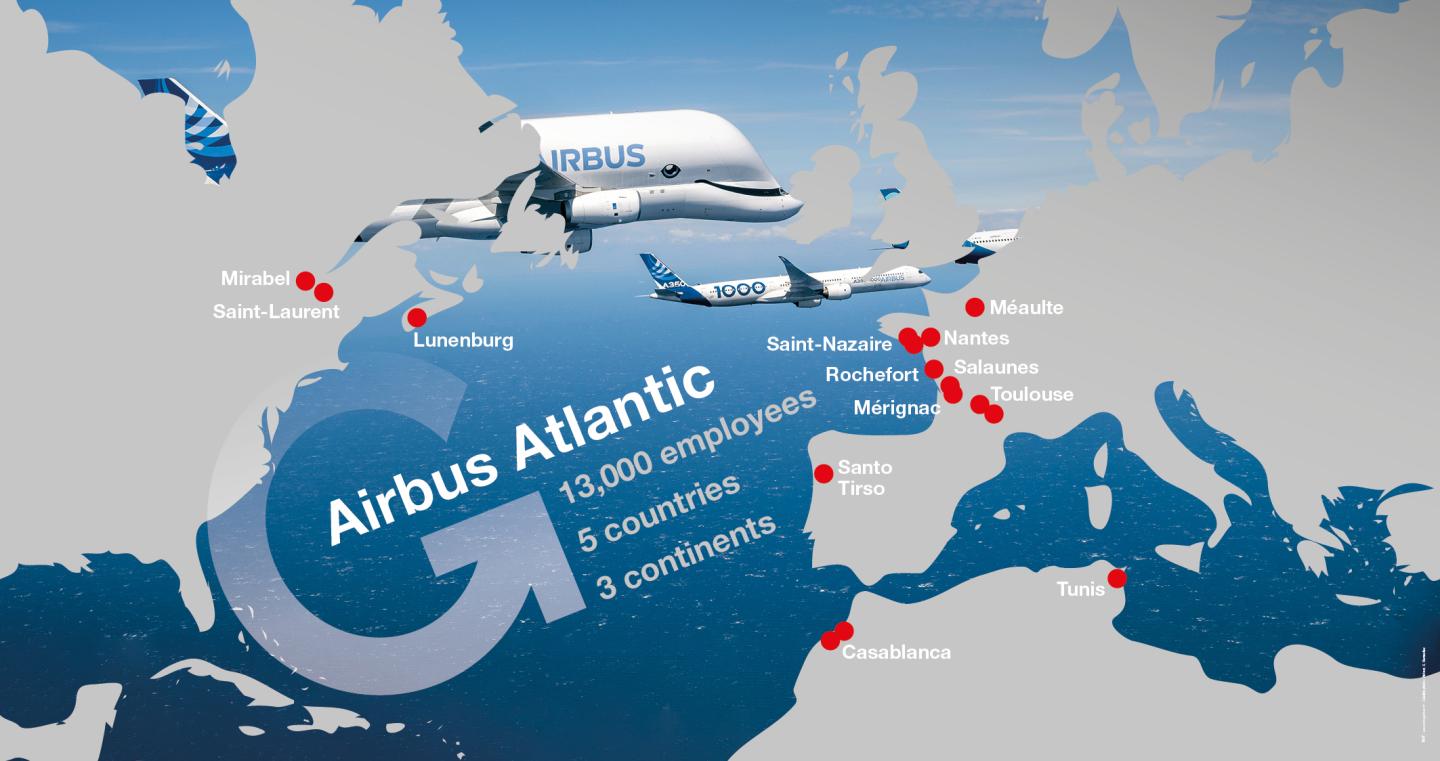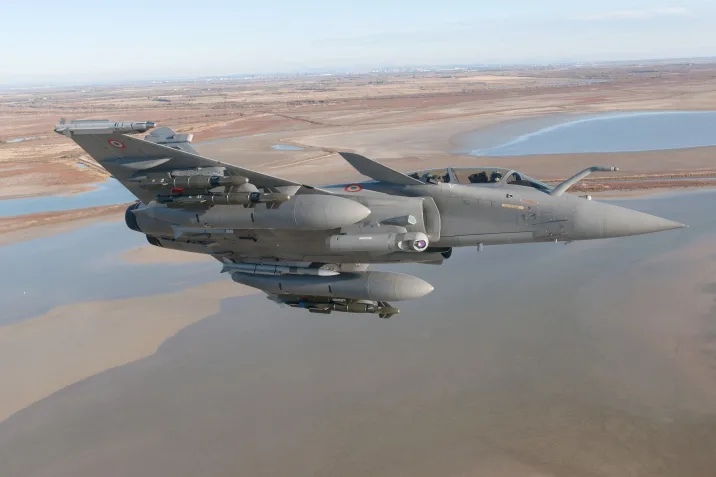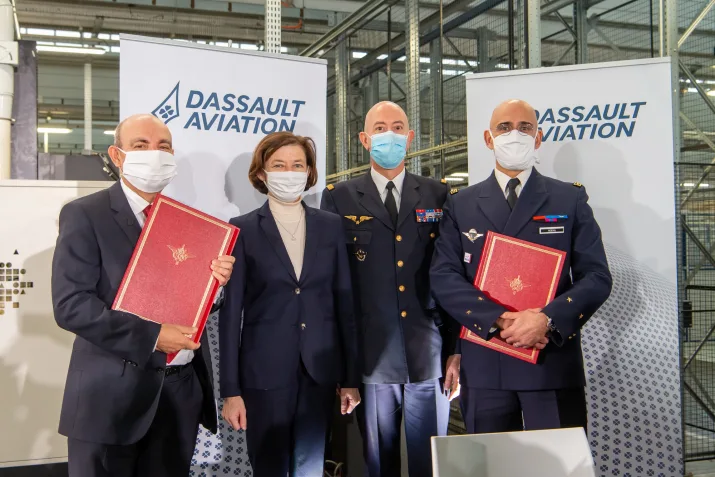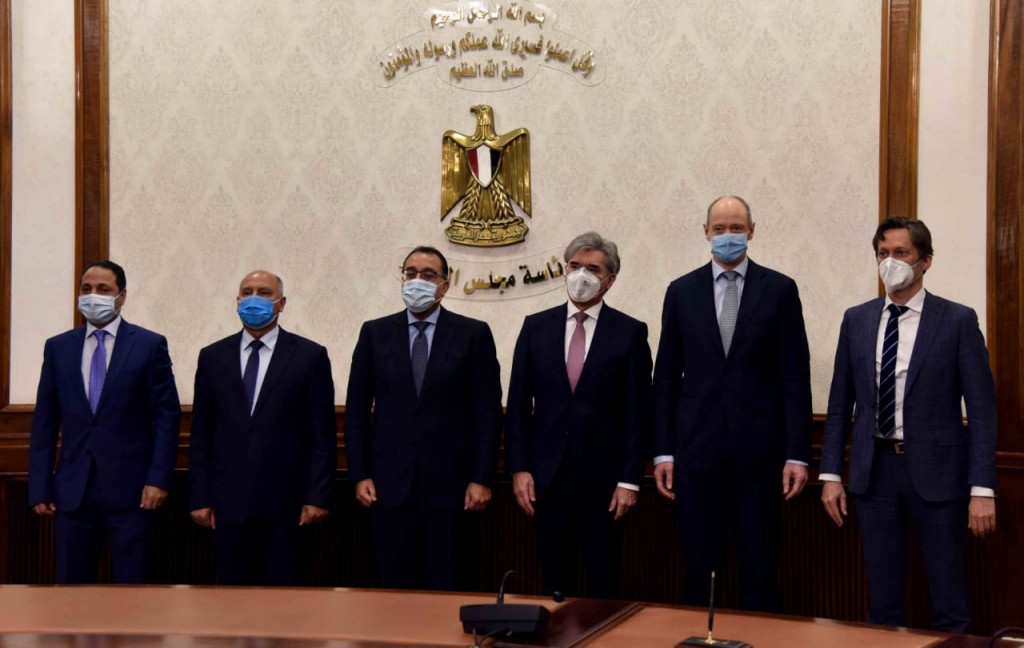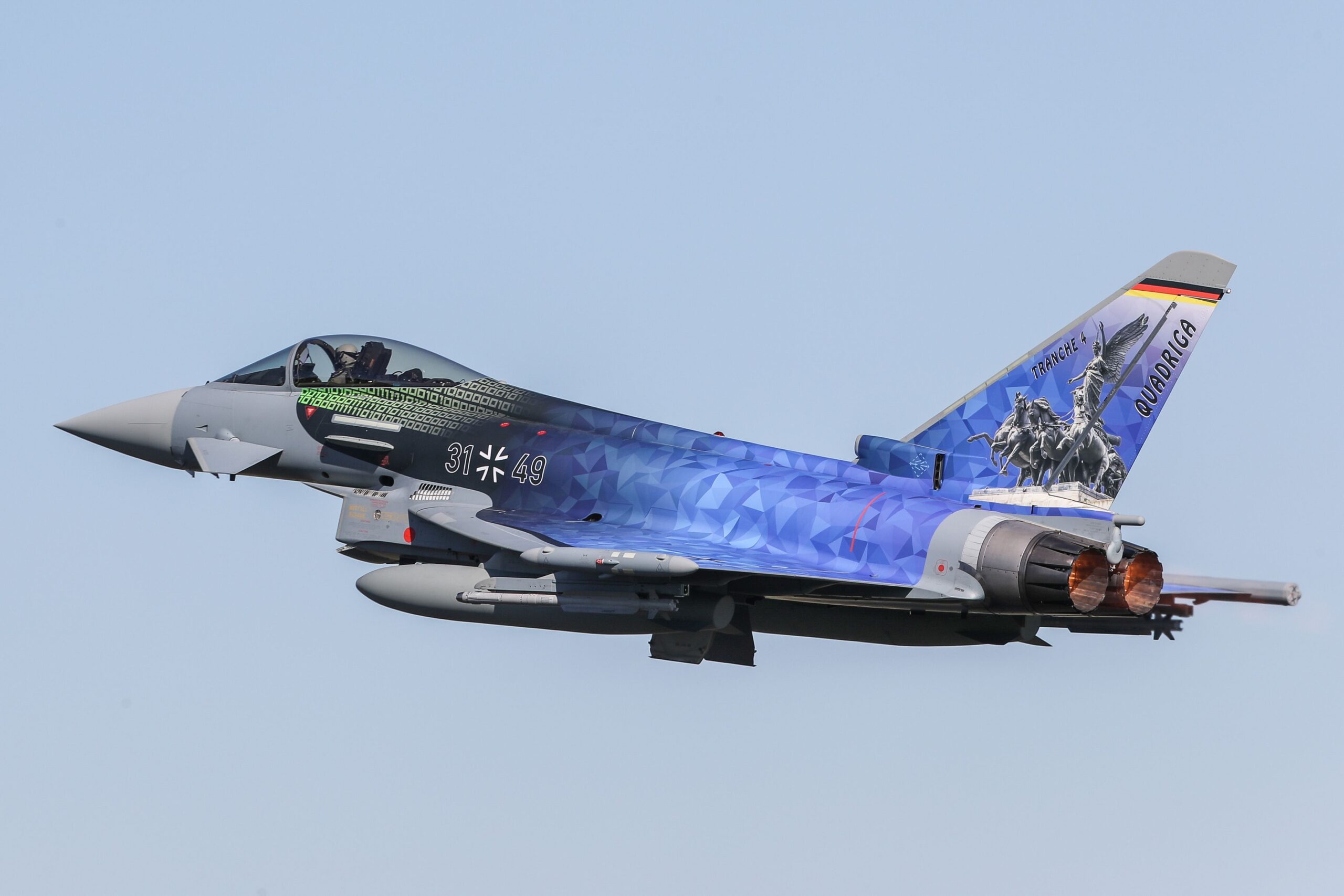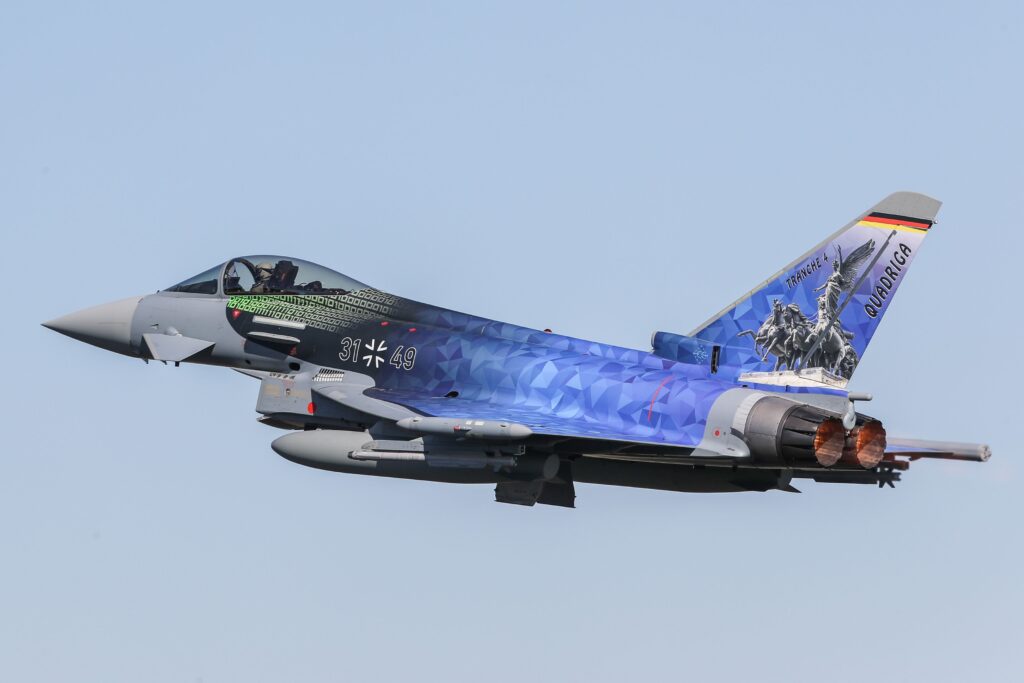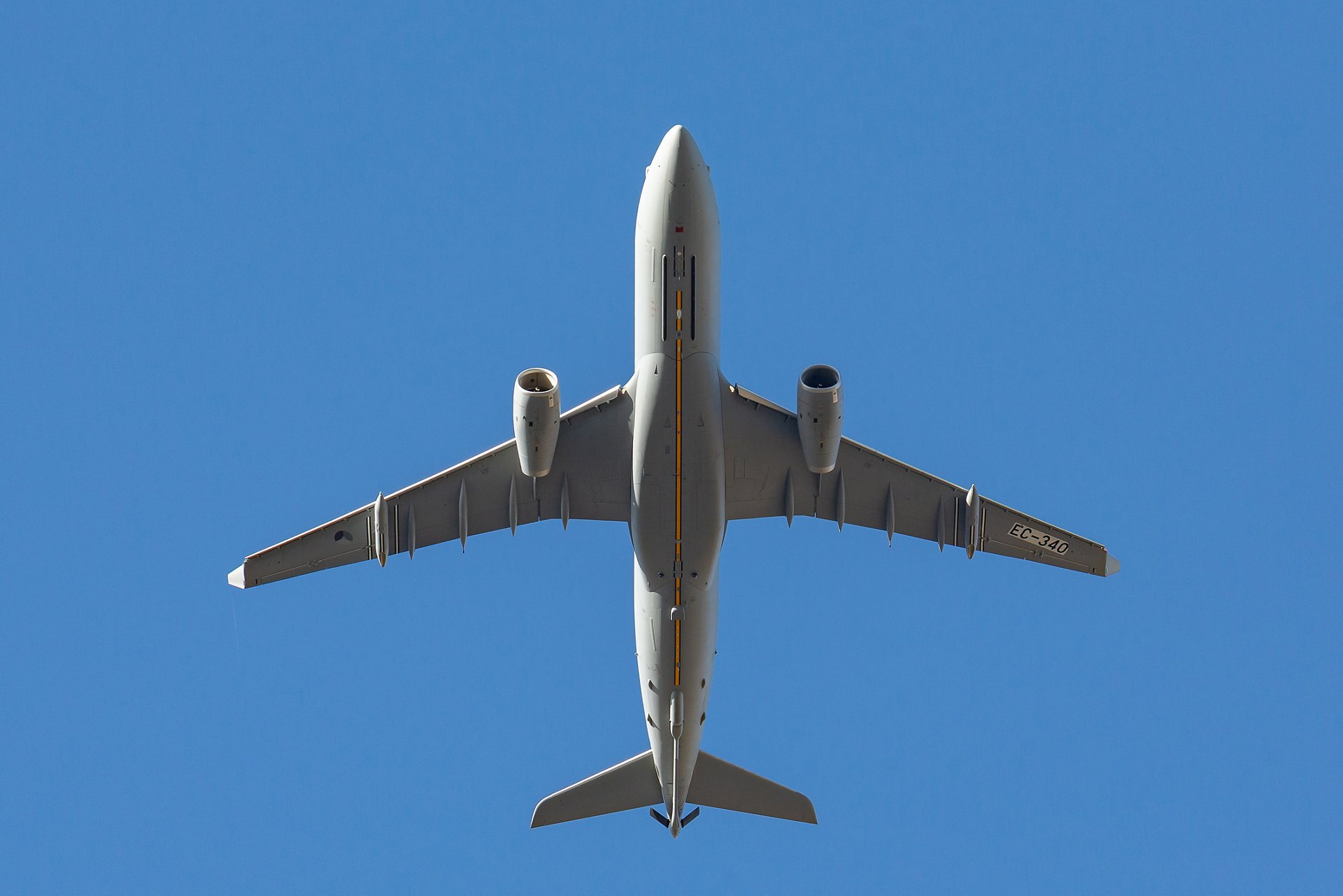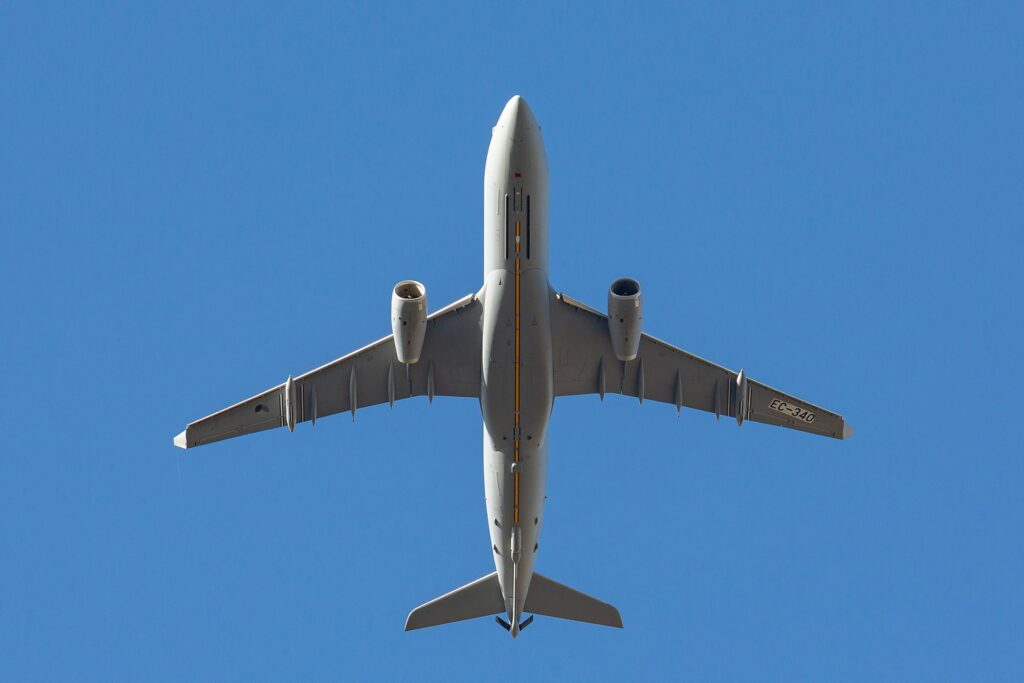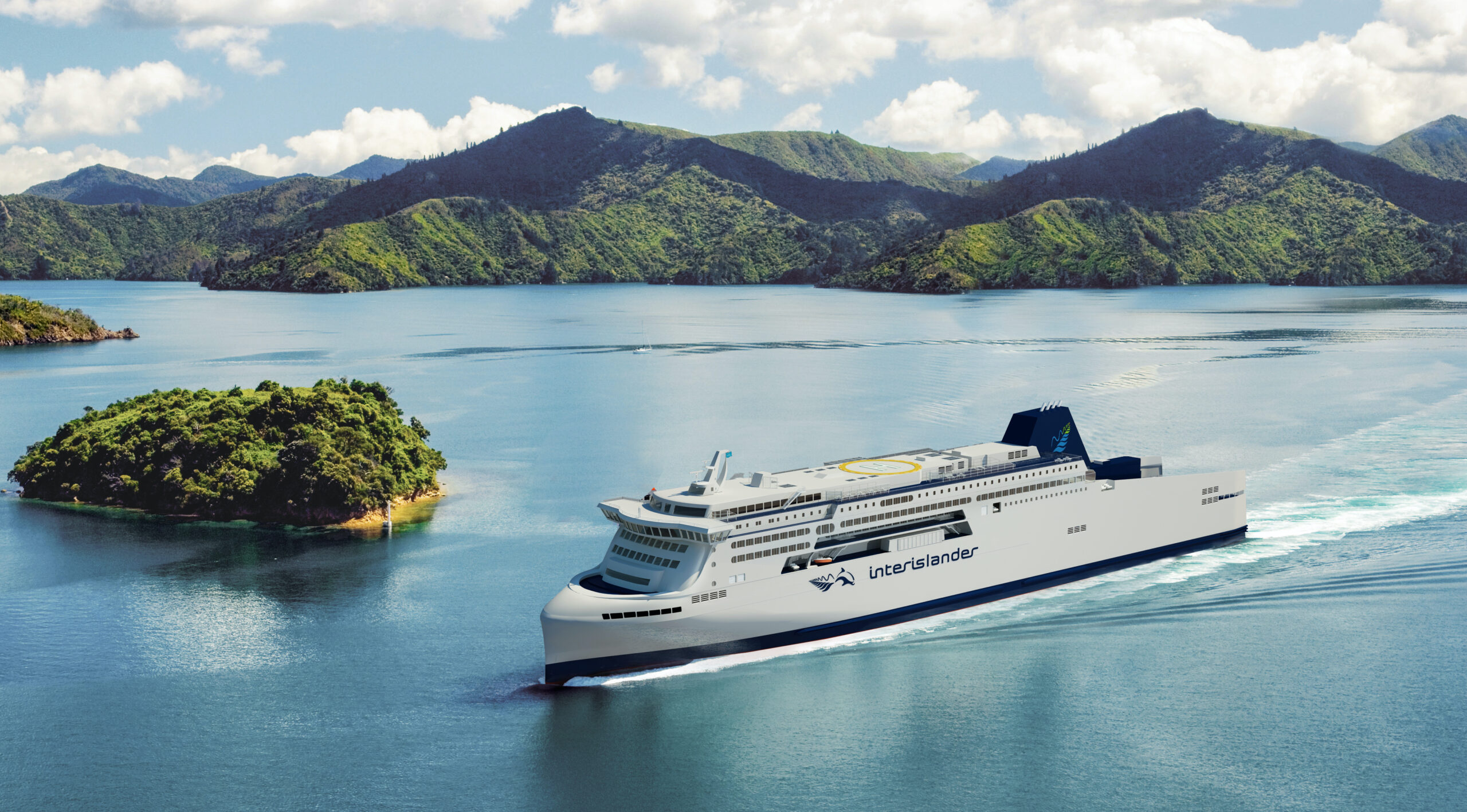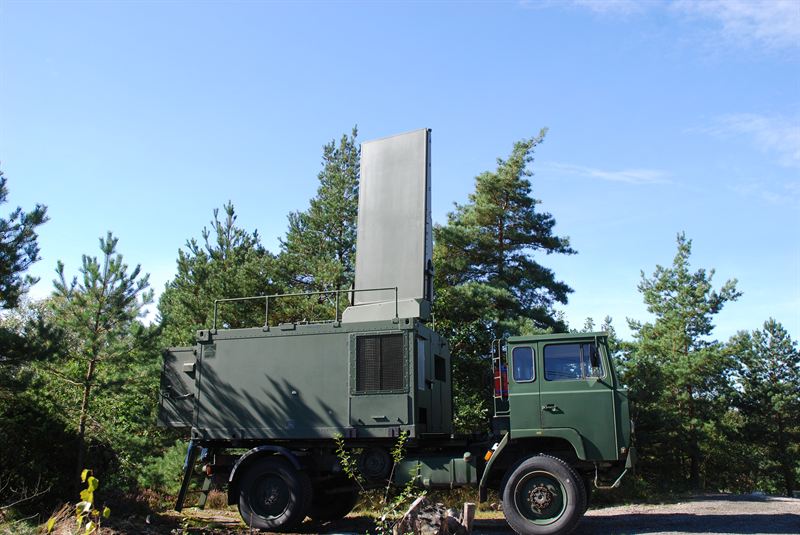Toulouse, France January 2022 – A wholly-owned Airbus subsidiary, Airbus Atlantic, a global player in the aerostructures field, was officially established on 1st January 2022. The new company groups the strengths, resources and skills of the Airbus (OTC: EADSY) sites in Nantes and Montoir-de-Bretagne, the central functions associated with their activities, as well as the STELIA Aerospace sites worldwide.
This unification is part of the transformation project announced in April 2021, aimed at strengthening the value chain of aerostructure assembly within Airbus’s industrial setup, this activity being considered as core business. It marks the intention to gain competitiveness, innovation and quality for the benefit of Airbus’s programmes of today and tomorrow.
As such, Airbus Atlantic will be an essential element in the group’s value chain and will play a key role with regard to the aerostructure supply chain, with more than 500 direct suppliers (flying products) and more than 2,000 indirect suppliers (general procurement products).
With 13,000 staff in 5 countries and 3 continents, and an estimated business volume of around 3.5 Bn euros, Airbus Atlantic is the world number two for aerostructures, world number one for pilot seats and ranks in the top three for Business Class and First Class passenger seats, which continue to be marketed under the STELIA Aerospace brand.
